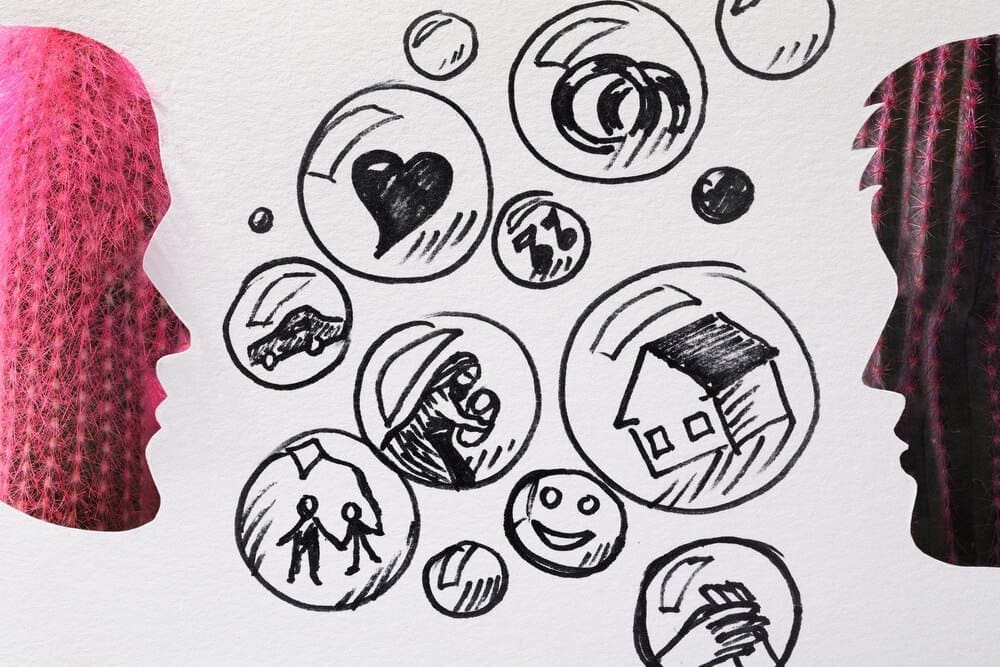Family Systems Therapy, a transformative approach to psychotherapy, posits that an individual’s mental health and behavior cannot be fully understood in isolation, but must be viewed within the context of their family unit. Developed by pioneers like Dr. Murray Bowen in the mid-20th century, this model treats the family as a complex, interconnected emotional system where each member’s actions and emotional state profoundly impact everyone else. It is used by clinicians worldwide to help individuals, couples, and entire families resolve conflict, improve communication, and heal deeply ingrained, often multi-generational, patterns of dysfunction that contribute to conditions ranging from anxiety and depression to substance abuse and marital strife.
What is Family Systems Therapy?
At its core, Family Systems Therapy operates on a simple yet profound premise: the family is more than just a collection of individuals. It is a living, breathing emotional unit. Think of a delicate mobile hanging over a crib; if you touch one piece, the entire structure shifts and moves in response. The family system works in much the same way.
This perspective marks a significant departure from traditional individual therapy, which tends to focus on a person’s internal world—their thoughts, feelings, and personal history. While valuable, that approach can sometimes miss the powerful external forces at play. Family Systems Therapy widens the lens to examine the “rules,” roles, and communication patterns that govern a family’s interactions.
In this view, a problem or symptom in one person—such as a child’s anxiety or a parent’s depression—is often seen not as an individual failing, but as a signal of distress within the entire family system. The individual expressing the symptom is sometimes referred to as the “identified patient,” but the therapeutic work addresses the underlying dynamics of the whole group.
The Core Principles of Family Systems Theory
Dr. Murray Bowen, a psychiatrist, developed one of the most influential models of Family Systems Theory. His work is built on eight interlocking concepts that explain how emotional processes drive family life and individual behavior. Understanding these principles is key to grasping how this therapy works to create lasting change.
Differentiation of Self
This is arguably the most important concept in Bowen’s theory. Differentiation of Self refers to a person’s ability to separate their own intellectual and emotional functioning from that of their family. It is the capacity to think as an individual while still maintaining a meaningful connection to the group.
People with a low level of differentiation, often described as “fused” with their family, have difficulty maintaining their own sense of self. Their emotions and decisions are easily swayed by others’ anxiety, approval, or disapproval. They may be highly reactive and find it challenging to navigate stress without becoming overwhelmed.
Conversely, individuals with a high level of differentiation can remain calm and clear-headed in the face of conflict or criticism. They can act on their own values and beliefs without being emotionally blackmailed or controlled by the group’s emotional climate. The primary goal of Family Systems Therapy is to help each family member increase their level of differentiation.
Triangles
A two-person relationship can be intense and is often unstable under stress. When anxiety rises between two people, they will naturally seek to stabilize the situation by pulling in a third person. This three-person system is called a “triangle” and is the smallest stable relationship unit.
For example, a married couple experiencing conflict might shift their focus to a child’s behavioral issues. By worrying together about the child, they temporarily reduce the anxiety in their own relationship. The conflict isn’t resolved; it’s simply detoured through the third point of the triangle. This process, known as triangulation, is a common way families manage tension, but it prevents direct resolution and can place an unfair burden on the triangulated person.
The Nuclear Family Emotional Process
This concept describes four basic patterns of how families handle anxiety. These patterns often determine where problems develop. They include marital conflict, where spouses focus their anxieties on each other; dysfunction in one spouse, where one partner becomes the “patient” one; impairment of a child, where parents focus their anxiety on one or more children; and emotional distance, where family members cut off from each other to reduce tension.
Family Projection Process
This is the primary way parents transmit their own emotional problems and low levels of differentiation to their children. Parents, often unconsciously, project their anxieties onto a child. For instance, a mother who is anxious about her own competence may become over-involved and worried about her child’s well-being.
The parent then interprets the child’s behavior through the lens of this anxiety, and the child, in turn, begins to embody that projection. This child often becomes the least differentiated and most “fused” with the parents, making them more vulnerable to developing symptoms under stress.
Multigenerational Transmission Process
This principle describes how patterns of emotional functioning are passed down through generations. Small differences in the level of differentiation between parents and their offspring can lead to major differences in differentiation among family members over many generations.
For example, in one generation, a child who is the focus of the family projection process will emerge with a lower level of differentiation than their parents. They may then marry someone with a similarly low level of differentiation, and they, in turn, will likely project their anxieties onto one of their own children. Over time, this can lead to severe dysfunction, such as serious mental or physical illness, in a later generation.
Emotional Cutoff
Some people attempt to manage unresolved emotional issues with their parents, siblings, or other family members by emotionally or physically distancing themselves. This is known as an emotional cutoff. While it may seem like a solution, it often leaves the underlying problems festering.
Individuals who use emotional cutoff often find themselves repeating the same relational patterns in their own marriages and with their own children. True resolution comes not from distance, but from increasing one’s own differentiation while remaining in connection with the family.
How Does a Family Systems Therapy Session Work?
A Family Systems Therapy session can look different from other forms of therapy. While sometimes the entire family is present, a therapist might also work with an individual or a couple. Regardless of who is in the room, the focus remains on the family system as a whole.
The therapist acts less like a problem-solver and more like a coach or consultant. Their role is to remain neutral and objective, helping family members see the system’s dynamics for themselves. The goal is not to assign blame but to foster understanding and empower each person to change their own part in the relational dance.
One of the most powerful tools used is the genogram. This is a detailed family tree that maps not just names and dates, but also relationships, major life events, and emotional patterns across several generations. Creating a genogram helps family members visualize how current problems may be rooted in multigenerational patterns.
Therapists also use carefully crafted questions to encourage self-reflection. Instead of asking “Why are you so angry with your son?” a therapist might ask, “What happens inside you when your son defies you, and how do you typically respond?” This shifts the focus from blame to process, helping individuals recognize their own triggers and automatic reactions.
Who Can Benefit from This Approach?
The applications of Family Systems Therapy are incredibly broad. It is effective for treating a wide range of issues, including anxiety, depression, substance abuse, eating disorders, and behavioral problems in children and adolescents. It is particularly powerful for resolving marital and parent-child conflicts.
This approach is especially beneficial when a problem seems intractable or when an individual’s progress in therapy stalls. It can reveal that the “stuck” feeling is related to unconscious loyalty to family roles or a fear of disrupting the family’s delicate emotional balance.
Even individuals who are not in active conflict with their family can benefit. Understanding one’s family of origin provides profound insight into personal relationship patterns, career choices, and one’s own parenting style. It offers a roadmap for breaking free from inherited limitations and living a more authentic, self-directed life.
Ultimately, Family Systems Therapy offers a hopeful and empowering perspective. It teaches us that while we cannot change our family, we can change our role within it. By understanding the invisible forces that have shaped us, we gain the power to define ourselves, heal old wounds, and build healthier, more resilient relationships for generations to come.













